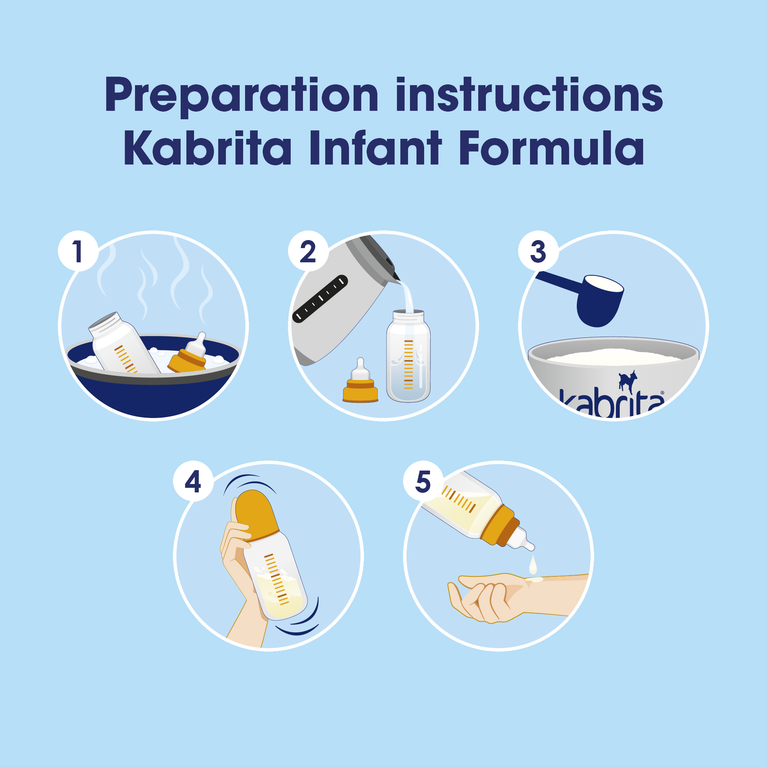Goat milk is known as a gentle milk source. It has a number of unique characteristics that make it an excellent basis for child formula.
- Goat milk is naturally easy to digest (due to a unique fat and protein composition)
- Goat milk is naturally rich in important nutrients such as Ca and vitamin A, and has a high bio-availability of iron.
- Goat milk has a deliciously mild taste, that children love.
Kabrita goat milk formulas combine these natural benefits of goat milk with modern-day compositions, that can be compared to the compositions of premium cow milk formulas. This means that with Kabrita your little one gets the best of both worlds.























